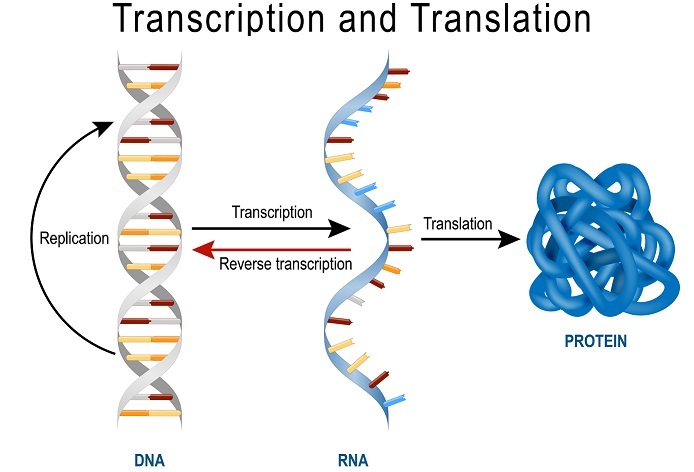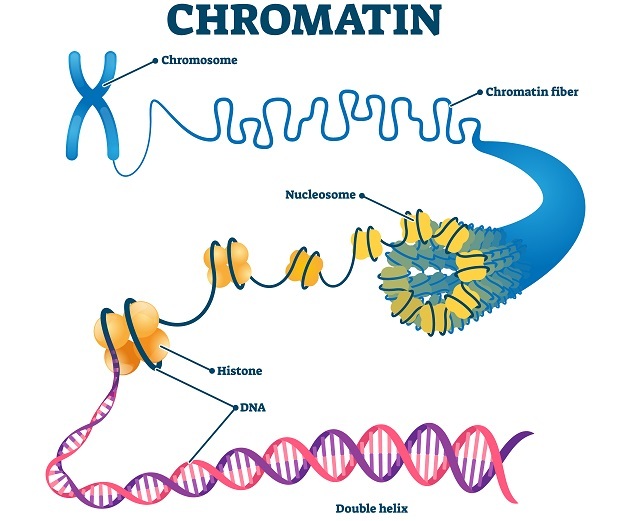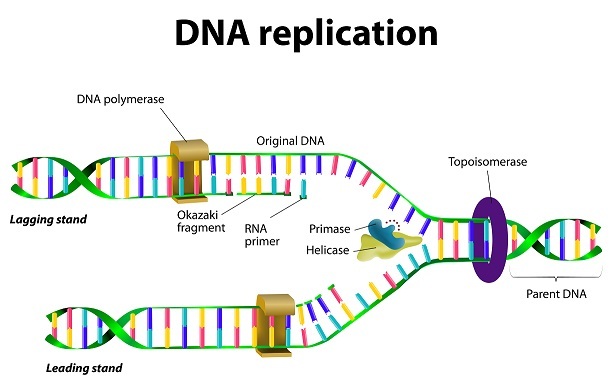
 Data Structure
Data Structure Networking
Networking RDBMS
RDBMS Operating System
Operating System Java
Java MS Excel
MS Excel iOS
iOS HTML
HTML CSS
CSS Android
Android Python
Python C Programming
C Programming C++
C++ C#
C# MongoDB
MongoDB MySQL
MySQL Javascript
Javascript PHP
PHP
- Selected Reading
- UPSC IAS Exams Notes
- Developer's Best Practices
- Questions and Answers
- Effective Resume Writing
- HR Interview Questions
- Computer Glossary
- Who is Who
Fundamentals of Molecular Biochemistry
Introduction to Molecular Biochemistry
Molecular biochemistry is a sub-division under biochemistry of biology which mainly involves in studying the chemical processes that undergoes or takes place within all the living organisms at a molecular level. This study of science deals with the areas like metabolisms, cell pathophysiology, membrane and enzyme biochemistry, ion transport across the biological membranes, lipid biochemistry, nuclear structures and their functions, protein chemistry and many other components of molecular biology etc.
As it also covers the major portion of the biochemistry and molecular biology, it often gets confused with that sciences. However, biochemistry deals mainly with the 4 main biomolecules, nucleic acids, proteins, lipids and carbohydrates at the structural level. Biochemists undertaking research studies uses many tools like spectrophotometers, microscopy and computer knowledge to investigate these chemical processes at a molecular level.
Central Dogma of Protein Synthesis
Central Dogma simply says that the information can be transferred from one nucleic acid to other and from nucleic acids to proteins. This is a one-way process and hence cannot be transferred back from proteins to nucleic acids. It evidently shows the flow of information and how the information is stored, transferred and coded.
The fundamental molecule storing information is the DNA. In order to spread information to other generations in time, DNA must undergo replication. Information stored in DNA is transferred by base complementarity in small packets to the RNA through the process of transcription. Finally, this information is coded by triplets or codons to sequences of amino acids to form proteins in the process of translation.

Salient Features of DNA
DNA is a nucleic acid in many of the organisms. This is not only the building blocks for understanding various chemical processes occurring at molecular level but also important for gaining knowledge on pathology and the disease processing in medical sciences.
DNA is an important macromolecule or biomolecule which is the center for genetic coding. It is also the basis for every process undergoing within the human body. It tells the cell how to function and behave and is located in the nucleus of eukaryotic cells.
DNA is also present in some of the organelles within a cell like mitochondria, here it is referred to as mitochondrial DNA. It is a polymer of nucleotides which is made of 3 components, sugar backbone (deoxy ribose), nitrogenous bases and phosphate group these components are mainly involved in giving the DNA a double helix structure. DNA is negatively charged due to the presence of phosphate group.
Structure of DNA
DNA is made up of chromatin (DNA + histone proteins) material. There are 2 variations of chromatin.
Heterochromatin is the highly condensed DNA where the functional units of DNA called genes are not easily transcribed. Here more DNA methylation takes place which allows DNA to be very tight thereby low DNA transcription occurs.
Euchromatin is the region with loosely packed DNA hence allowing more transcription of genes. Each codon in the gene is specific for only one amino acid. Here high levels of histone acetylation are seen which allows the loosen DNA structure formation.
This chromatin is highly condensed to form chromosome structures.
There are mainly 6 different types of DNA which are A, B, C, D, E and Z.

Overview of DNA Replication - Enzymology
DNA replicates mainly during the interphase stage of cell cycle. Many proteins and enzymes are involved in this complex process. Replication plays a major role in many cellular mechanisms.
In this mechanism both continuous and discontinuous replication of strands takes place from 5l to 3l direction. The discontinuous fragments formed during replication are called Okazaki fragments.
In eukaryotic cells there are multiple origin of replication or Ori sites and in prokaryote only 1 Ori site is present. There are promoter regions which are rich in AT sequences. Example is TATA box etc.
Replication occurs in 3 main stages ?
Initiation
Here firstly 2 strands are un-winded at the site of replication fork (Y-shaped region on DNA her leading and lagging strands are formed) by Helicase enzyme using the ATP.
DNA topoisomerases are other enzymes which corrects the supercoiling by producing nicks thereby releasing stress in strands. These enzymes can be targeted with drugs to prevent DNA replication in pathologic conditions like infections.
Topotecan is drug used for eukaryotic Topo Isomerase I, Teniposide targets eukaryotic topo isomerase II and Fluoroqinolones (antibiotic drug and bacteriostatic medication) targets Topo Isomerase II and IV.
Elongation
Primase binds to the DNA and makes RNA primers. This allows DNA polymerase to bind to DNA and starts DNA synthesis by addition of nucleotides. In prokaryotes DNA polymerase III is used which adds nucleotides at the 3l end in leading strand and 5l end in lagging strands. Where as in eukaryotes Pol alpha, epsilon and delta enzymes are applicable. Later in prokaryotes RNA primers are replaced with DNA by Pol I and in eukaryotes it is done by RNaseH. DNA pol I has exonuclease activity or proof reading activity in both directions.
Termination
DNA ligase joins the Okazaki fragments. Telomeres are added by telomerase enzymes which mainly added TTAGGG sequence at the 3l end. This addition of telomeres is important to avoid loss of genetic material. These telomeres are often play role in cancer development as in cancer cells telomerase does not function properly leading to unlimited replication.

Enzyme Biochemistry
Enzymes make the biochemical reactions move faster that is they speed up the reaction by lowering their activation energy. Many kinds of enzymes are used in different chemical processes of the body. All the enzymes are named mostly after their reactions.
Examples: DNA Replication - DNA polymerase; First step of glycolysis - Hexokinase.
There are mainly 6 groups of enzymes
Transferases
Ligases
Oxidoreductase
Isomerase
Hydrolase
Lyase
Lipid Chemistry
Free fatty acids are the center of lipid biochemistry. These fatty acids can be attached to 2 different backbones glycerol and sphingosine. To understand this one should gain knowledge on 2 important organic chemistry mechanisms. They are hydroxyl group and carboxyl group forming an ester in 1st mechanism and in 2nd mechanism hydroxyl reacts with the phospho-ester to form a phospho-diester.
Conclusion
Molecular biochemistry is the sub-discipline of biochemistry and always gets confused with this science as both of them deals with the macromolecules or biomolecules at the molecular level. However, Biochemistry is the science which mainly deals with the structures of the macromolecules whereas molecular biochemistry is said to be involved in studies related to the chemical processes that are occurring within the biological system at the molecular level.
It also includes some of the topics which are closely related to the molecular biology. The areas which can be included under the reflection of molecular biochemistry includes membrane transport, lipid chemistry, enzyme biochemistry, pathophysiology of virus.
However, all the areas are strongly influenced by the nucleic acid like DNA. Hence structure, replication and the protein synthesis of DNA molecules are studied as basics for understanding the deep learning concepts of molecular biochemistry.

